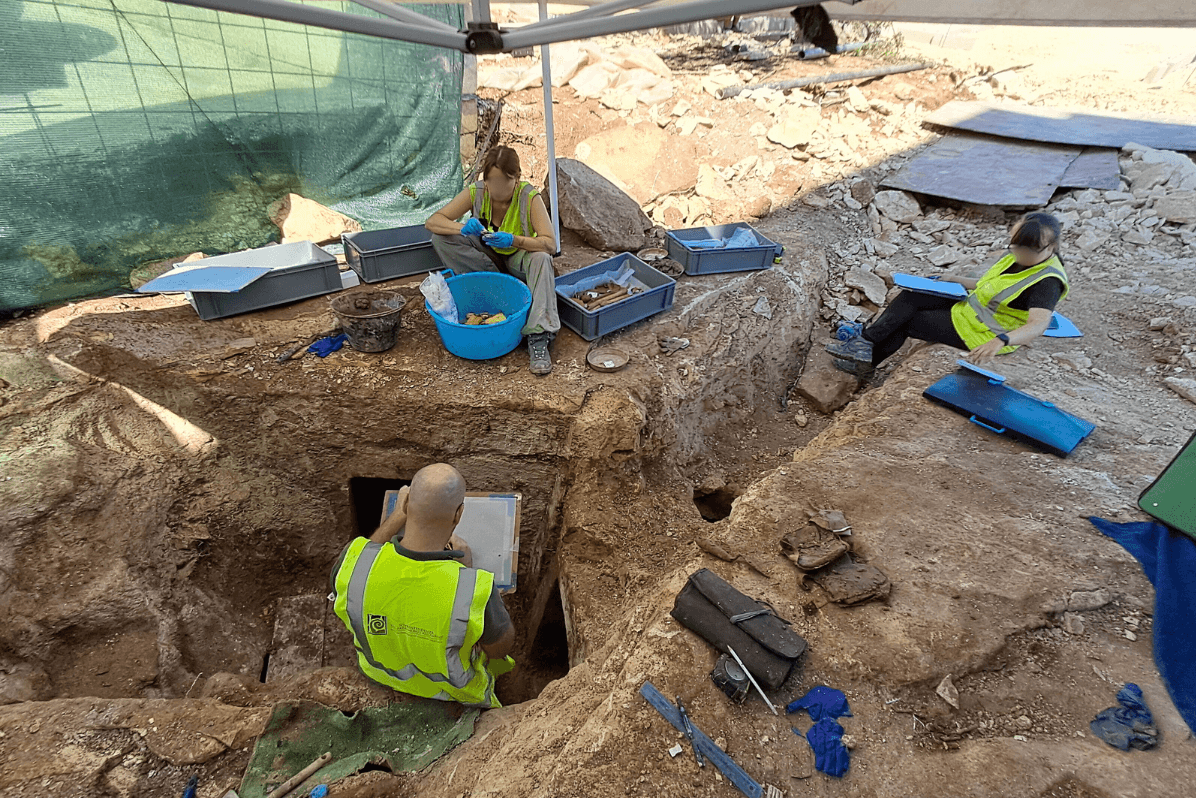
Discovery of a Punic Tomb in Birkirkara
In September 2024, a significant archaeological discovery was made during trenching works near Mater Dei Hospital in Birkirkara. While preparing the site for the installation of a new potable water line, workers uncovered a rock-cut chamber that turned out to be part of an ancient Punic tomb complex.
Thanks to the ongoing collaboration between the Superintendence of Cultural Heritage (SCH), the Foundation for Medical Services, and Infrastructure Malta, efforts are now underway to ensure the preservation of this remarkable find.
Preemptive Action at Consultation Stage
The SCH has been actively engaged with this site since 2021, when a planning application was submitted for the development of a temporary car park for the oncology hospital. Although the car park itself required only surface parking, minor rock cutting was necessary to create a schemed road and underground services. Noting the archaeological sensitivity of the area, the SCH issued archaeological monitoring conditions which commenced upon the granting of a development permit by the Planning Authority.
This approach at consultation stage ensured that an SCH-appointed archaeological monitor was on-site, ready to take immediate action when a rock-cut chamber was unexpectedly uncovered during the trenching works.
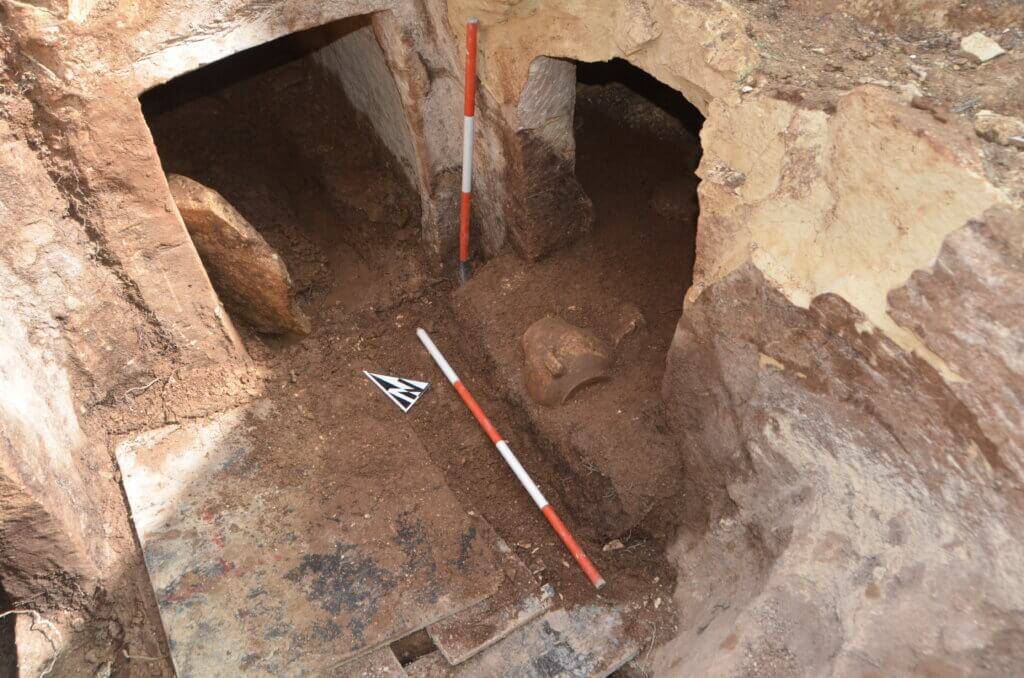
Unveiling a Punic Tomb Complex
A team from the Superintendence was assigned to assist the archaeology monitors on-site to carry out the excavation, interpretation, documentation, and extraction of the human remains and objects found on-site.
Further investigation revealed that the chamber was part of a Punic and Roman-era tomb, consisting of three burial chambers connected by a central shaft. The entrances to these chambers were still sealed with their original stone slabs, an extraordinary state of preservation for a tomb over 2,000 years old.
Upon entering the first chamber, archaeologists discovered skeletal remains and a collection of funerary objects. Through narrow gaps in the slabs, they could see similar remains and artefacts in the other two chambers. These discoveries confirmed the tomb’s ancient use, dating back approximately 2,300 years to the Punic period. Some artefacts, however, hint at continued use during the Early Roman period, extending the timeline of this tomb’s significance.
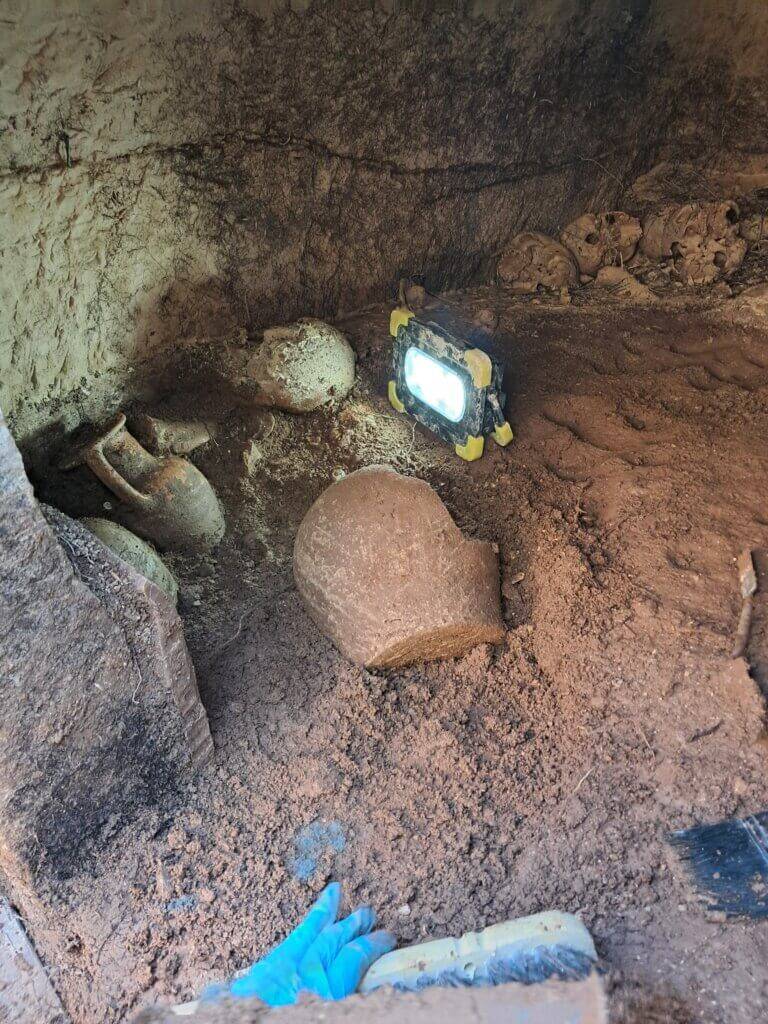
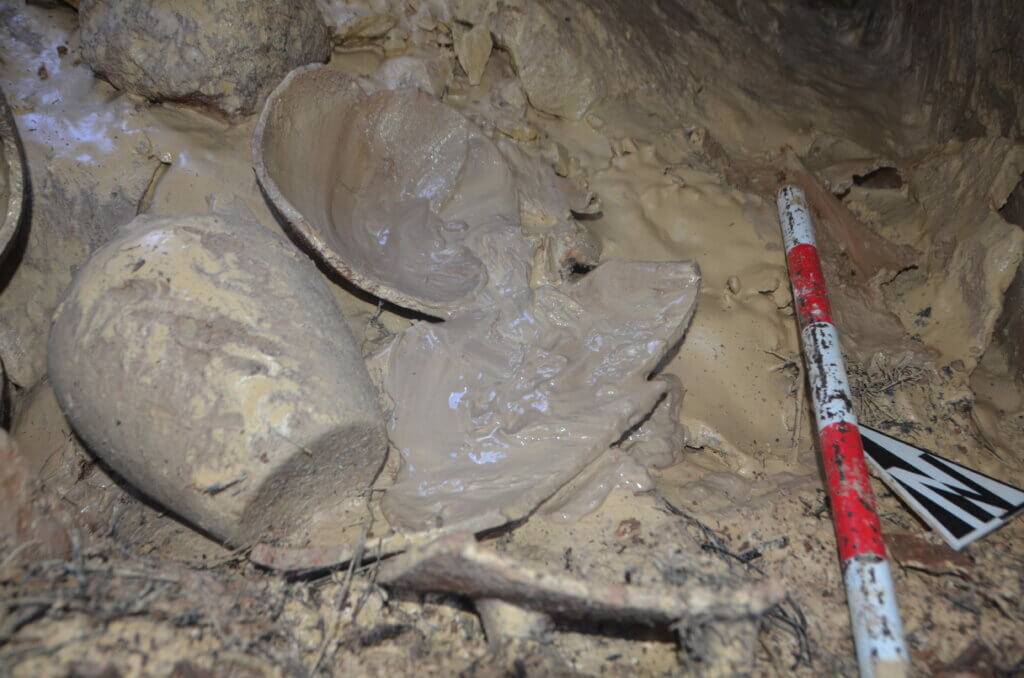

Excavation and Preservation
Over the course of two weeks, a dedicated team of SCH archaeologists and osteologists carefully excavated the burial chambers. The human remains were primarily inhumations, with some cremated remains stored in urns. Many of the bones were systematically arranged, suggesting that later burials may have reorganized earlier remains to make space. Each chamber contained a number of inhumations—Chambers 2 and 3 each held at least six, while Chamber 1 contained a minimum of two. Additionally, cremation urns and a modest collection of grave goods were found, providing valuable insights into the burial practices of the period.
Further Studies and Conservation
The artefacts and human remains were carefully removed and transferred to the SCH Laboratory for cleaning, conservation, and detailed study. Now stabilised in the controlled environment of the SCH lab, the artefacts will undergo further examination. A preliminary study of the typology of the grave goods, as well as an osteological analysis of the bones, will provide important information about the individuals buried in the tomb, such as their age, sex, health, and any evidence of trauma or disease.
Additionally, the SCH hopes to secure funding for more advanced studies, including carbon dating (C14) and ancient DNA analysis (aDNA), which could offer deeper insights into the history of the buried community.
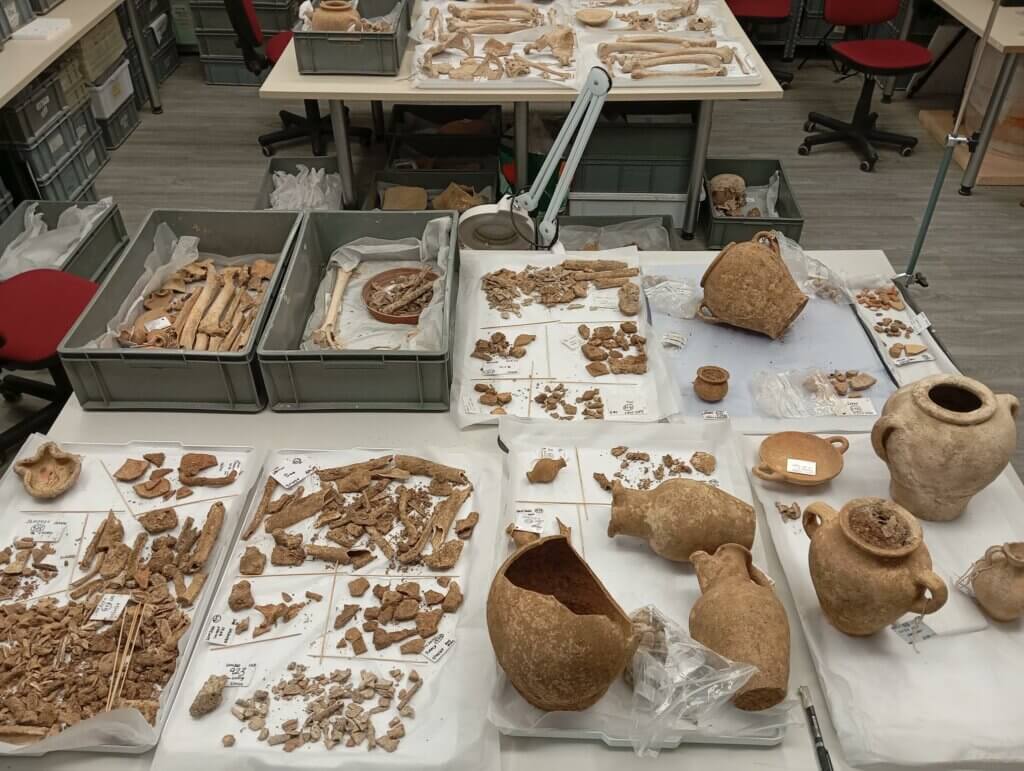
A Collaborative Effort to Safeguard Heritage
The discovery of this Punic tomb highlights the importance of cooperation among state entities to protect Malta’s cultural heritage. The SCH continues to work closely with the Foundation for Medical Services and Infrastructure Malta to ensure that the tomb is preserved in its entirety, with plans to provide permanent, controlled access to the site.
This project stands as a testament to the power of collaboration in safeguarding the remnants of Malta’s rich past for future generations to study and appreciate.
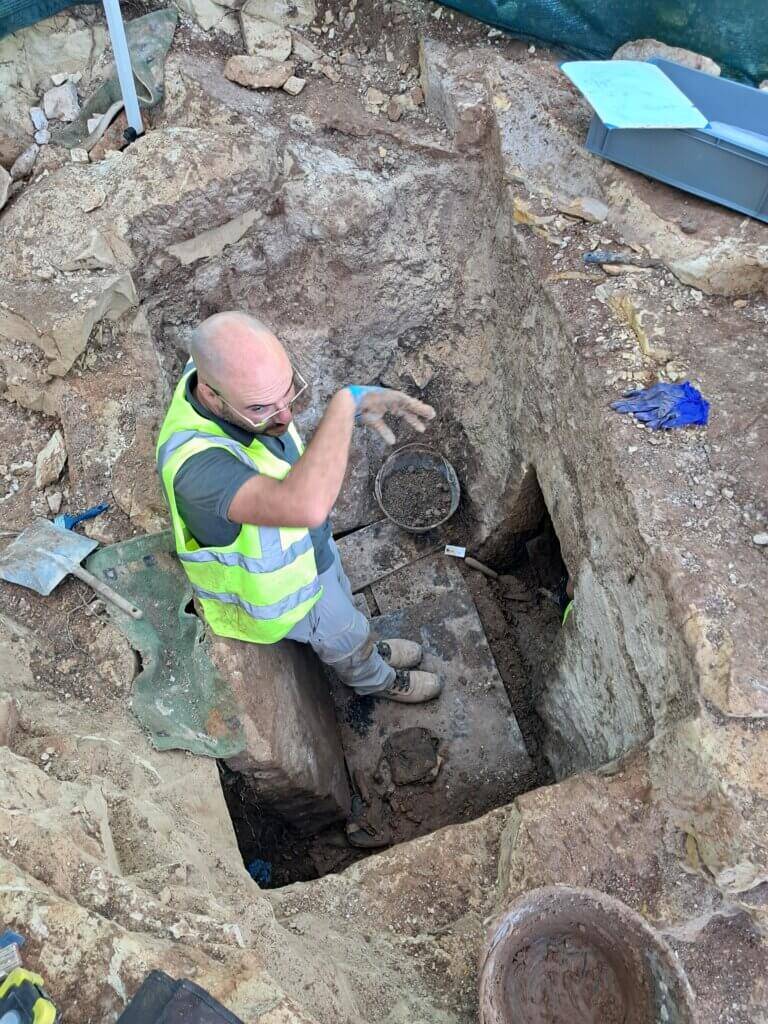
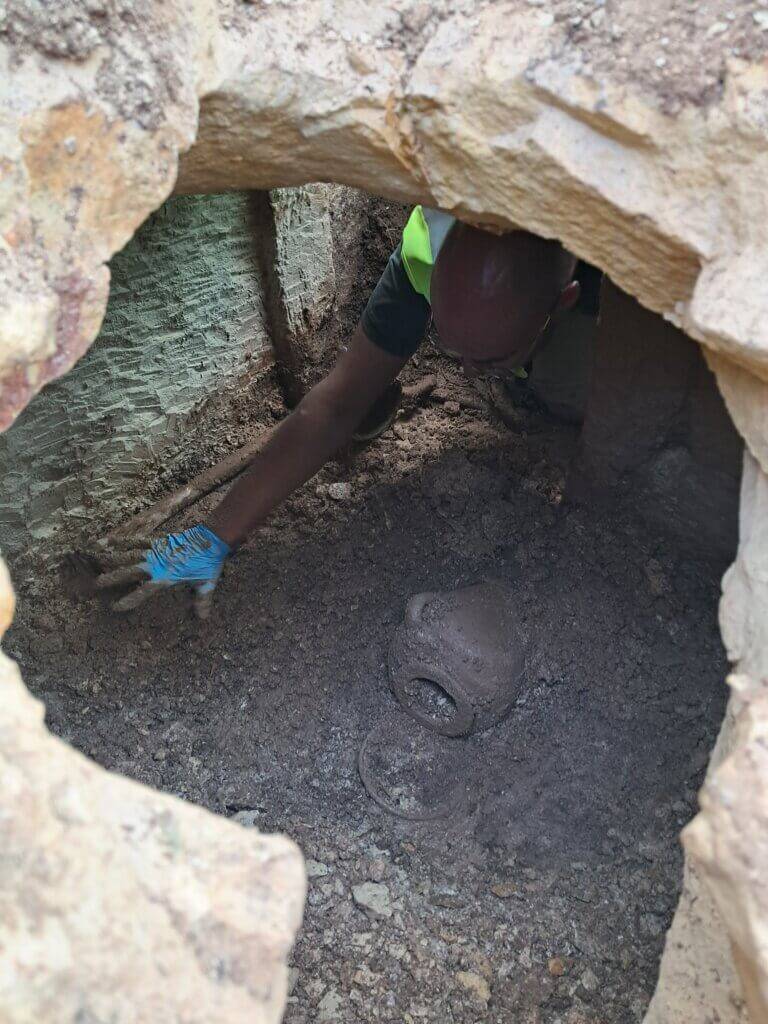
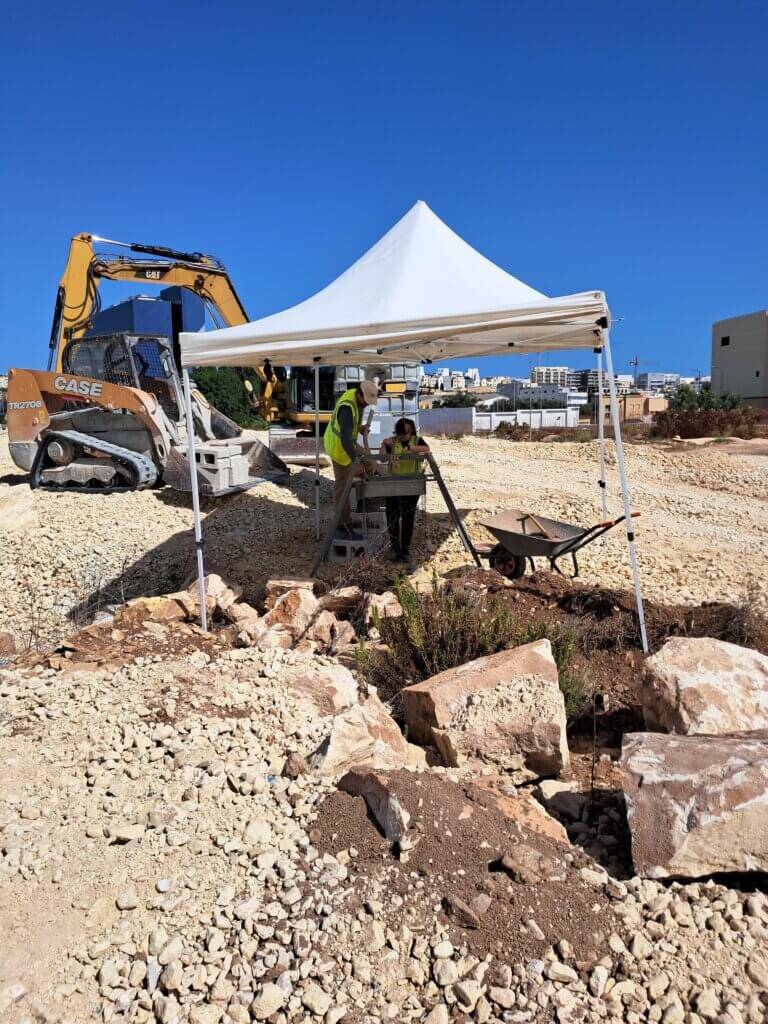

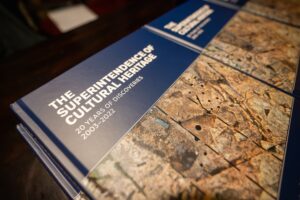

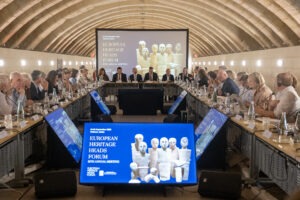
1 Comment